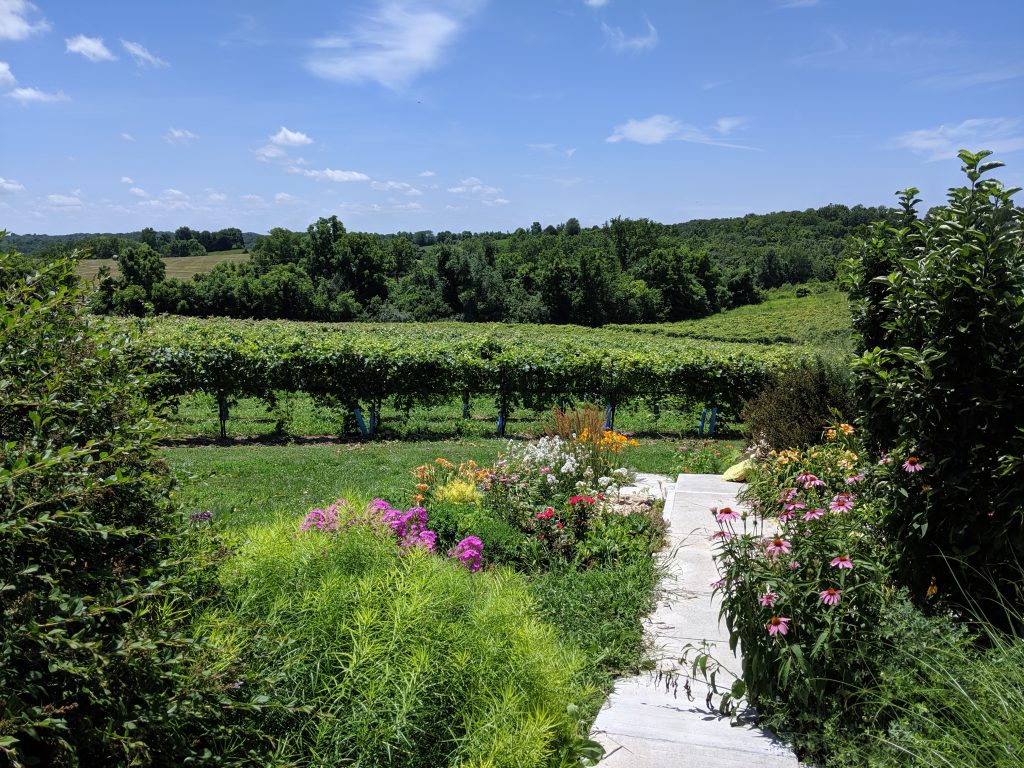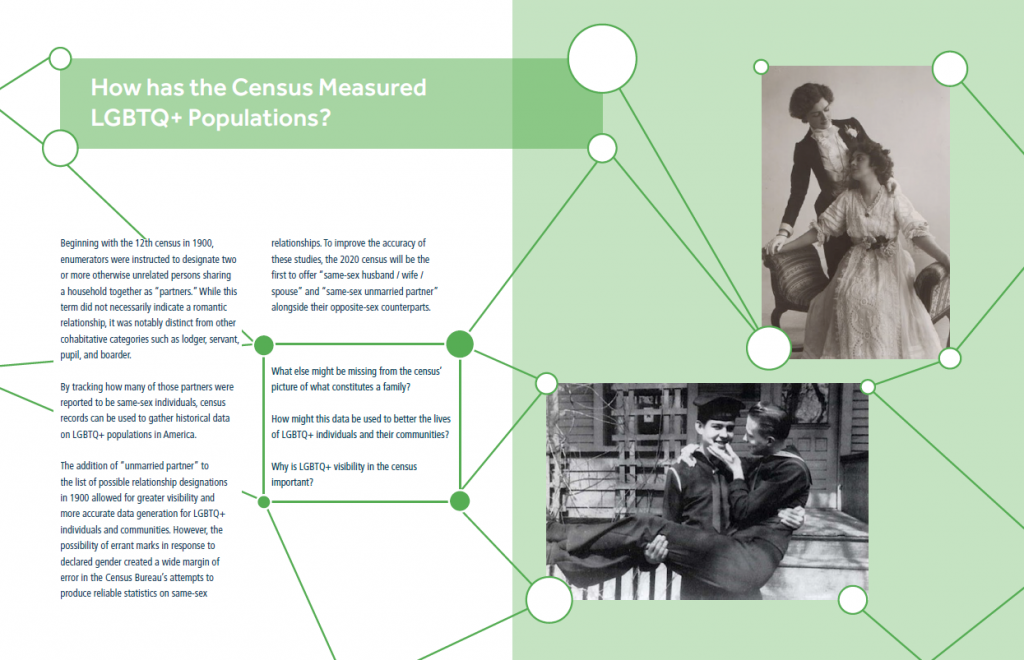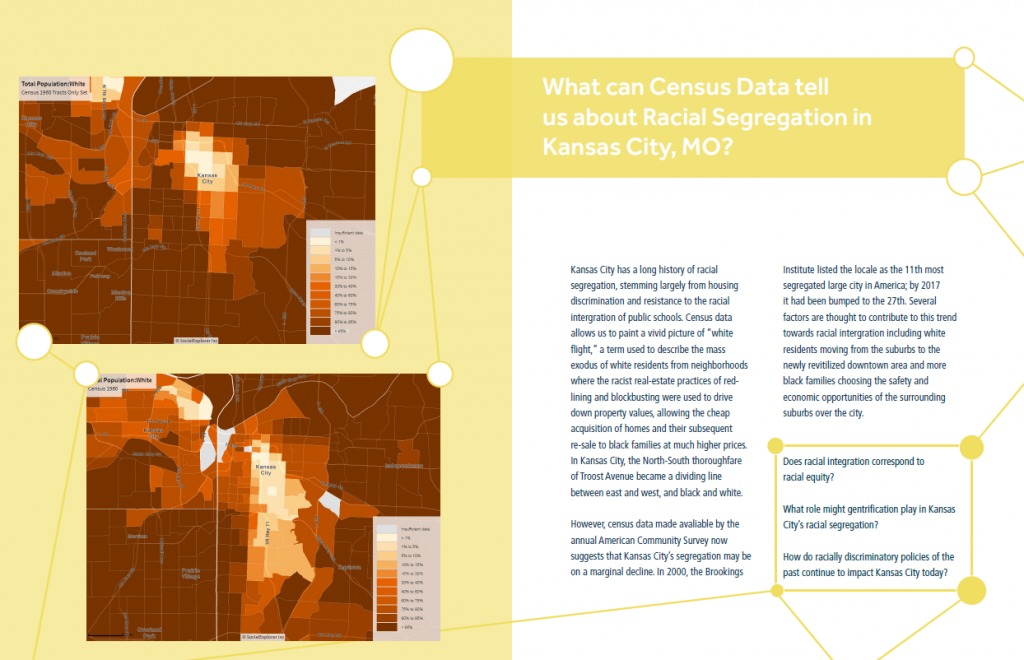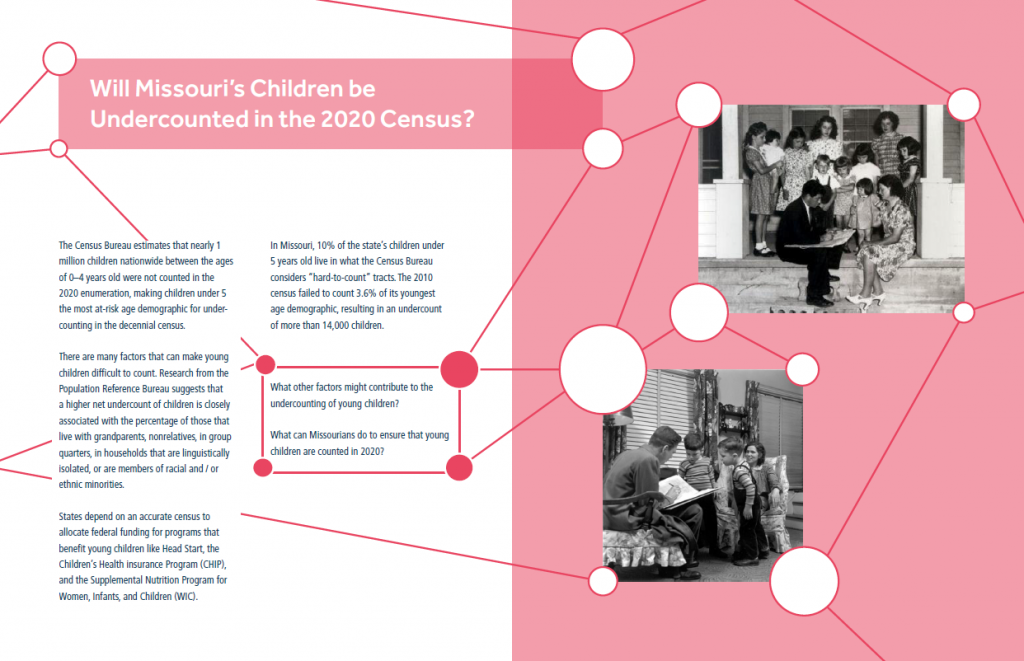The Jackson County Historical Society is hiring a part time membership and visitor coordinator. This position is hourly, up to 30 hours per week at $10 per hour. Position requires the ability to work independently, engage with members and visitors, and provide guided tours of our historic sites. The coordinator needs to interact with the general public in an active environment, and efficiently accomplish multiple duties and tasks successfully. The coordinator eports to JCHS Executive Director and is responsible for supporting overall administrative needs of the non-profit organization.
Work location is JCHS headquarters at the Truman Courthouse on the Independence Square. General working hours are 9:30am- 4:30pm, Tuesday-Friday, with some weekend and evening availability.
Duties include:
- Open and close 1859 Jail Museum Tues.-Fri. when the historic site is open (April to October.) Fill in at the museum desk when volunteers are absent.
- Give group tours both at the 1859 Jail and the Truman Courthouse.
- Sell merchandise in the History Center.
- Interact with visitors and members by answering the JCHS office phone and running the JCHS History Center counter.
- Maintain communication with JCHS members through email and direct mail, including processing new memberships and maintaining the membership database via Past Perfect.
- Communicate with museum volunteer staff. Create volunteer schedule for 1859 Jail Museum.
- Assume other duties as assigned.
Job Requirements:
- Able to sit and/or stand for extended periods of time.
- Have solid computer skills with word processing, spreadsheets and databases.
- Must be able to lift 25 pounds.
- Display strong initiative to help support and grow the organization.
- Willing to take direction and complete assignments in a timely fashion.
To apply send a resume, writing sample and cover letter to ceckard@jchs.org.











